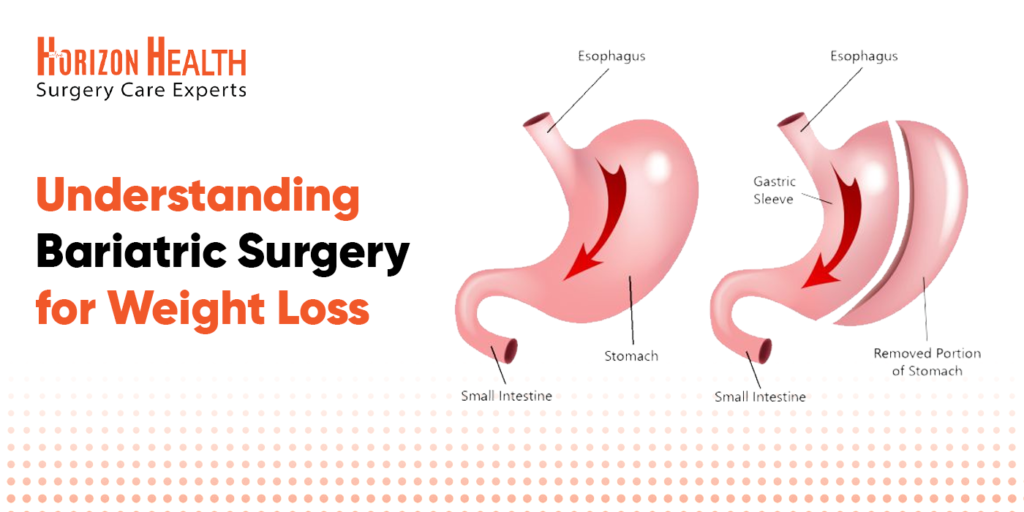Everything You Need to Know About Knee Replacement Surgery
Everything You Need to Know About Knee Replacement Surgery
Knee pain and joint discomfort can significantly impact daily life, limiting mobility and reducing overall quality of life. When conservative treatments such as medications, physical therapy, and lifestyle modifications fail to provide relief, knee replacement surgery becomes a viable solution. This procedure is one of the most successful orthopedic surgeries, helping millions of people regain mobility and live pain-free. Understanding the details of knee replacement surgery, its benefits, risks, and recovery process can help patients make an informed decision.

What is Knee Replacement Surgery?
Knee replacement, also known as knee arthroplasty, is a surgical procedure designed to replace damaged or worn-out knee joints with artificial components made of metal, plastic, or ceramic. The surgery aims to restore knee function, relieve chronic pain, and improve mobility. It is commonly performed on patients suffering from severe arthritis, injury-related joint damage, or degenerative conditions that affect the knee.
Types of Knee Replacement Surgery
There are different types of knee replacement surgeries, depending on the extent of joint damage and the patient’s condition:
- Total Knee Replacement (TKR) – The entire knee joint is replaced with artificial components. This is the most common type of knee replacement surgery.
- Partial Knee Replacement (PKR) – Only the damaged portion of the knee is replaced, preserving the healthy parts of the joint.
- Revision Knee Replacement – Performed when a previously implanted knee prosthesis fails due to wear, infection, or other complications.
- Robotic-Assisted Knee Replacement – A more advanced surgical option where a robotic system assists the surgeon in making precise movements for a better fit and alignment.
Who Needs Knee Replacement Surgery?
Knee replacement surgery is recommended for individuals who:
- Experience severe knee pain that limits daily activities such as walking, climbing stairs, or standing for long periods.
- Have chronic inflammation and swelling that do not improve with medication or rest.
- Suffer from significant joint stiffness and reduced range of motion.
- Have knee deformities, such as bowing of the legs.
- Have tried non-surgical treatments, including physical therapy, injections, and lifestyle modifications, without success.
Preparing for Knee Replacement Surgery
Preparation is a crucial step for a successful surgery and smooth recovery. Some essential steps include:
- Medical Evaluation – A complete health assessment, including blood tests, imaging scans (X-rays or MRIs), and consultation with the surgeon.
- Pre-Surgery Exercises – Strengthening muscles around the knee can aid in faster recovery post-surgery.
- Lifestyle Adjustments – Patients may be advised to stop smoking, maintain a healthy weight, and manage existing health conditions like diabetes or hypertension.
- Home Modifications – Preparing the home environment with safety measures such as installing handrails, using a raised toilet seat, and arranging a comfortable resting space.
The Surgical Procedure
Knee replacement surgery typically takes 1-2 hours and is performed under spinal or general anesthesia. The key steps involved in the procedure include:
- Incision – A surgical cut is made over the knee to access the damaged joint.
- Removal of Damaged Tissue – The damaged cartilage and bone are removed from the joint.
- Implant Placement – The artificial knee components are securely fixed into place.
- Closure – The incision is closed with stitches or staples, and a bandage is applied.
Recovery and Rehabilitation
The success of knee replacement surgery largely depends on proper post-surgery care and rehabilitation. The typical recovery process includes:
- Hospital Stay – Most patients stay in the hospital for 2-3 days post-surgery.
- Physical Therapy – Rehabilitation begins within 24 hours after surgery to restore mobility and prevent stiffness.
- Pain Management – Medications and ice therapy are used to control pain and swelling.
- Gradual Activity Increase – Patients are encouraged to walk using a walker or crutches before progressing to independent movement.
- Full Recovery Timeline – Most patients regain normal activities within 3-6 months, though complete recovery can take up to a year.
Risks and Complications
While knee replacement surgery is generally safe, potential risks include:
- Infection at the surgical site
- Blood clots in the legs (deep vein thrombosis)
- Stiffness or reduced mobility in the knee
- Nerve or blood vessel damage
- Implant wear and tear over time
Following post-operative care instructions, staying active, and attending follow-up appointments help minimize complications.
Benefits of Knee Replacement Surgery
Patients who undergo knee replacement surgery often experience:
- Significant pain relief
- Improved joint function and mobility
- Enhanced quality of life
- Long-lasting results, with implants lasting 15-20 years or more
Conclusion
Knee replacement surgery is a life-changing procedure for individuals struggling with chronic knee pain and mobility limitations. With advancements in surgical techniques, most patients achieve excellent outcomes and return to an active lifestyle. If you are experiencing persistent knee problems and considering surgery, Horizon Healthcare offers expert orthopedic care and guidance. Contact us today for a consultation and personalized treatment plan.







